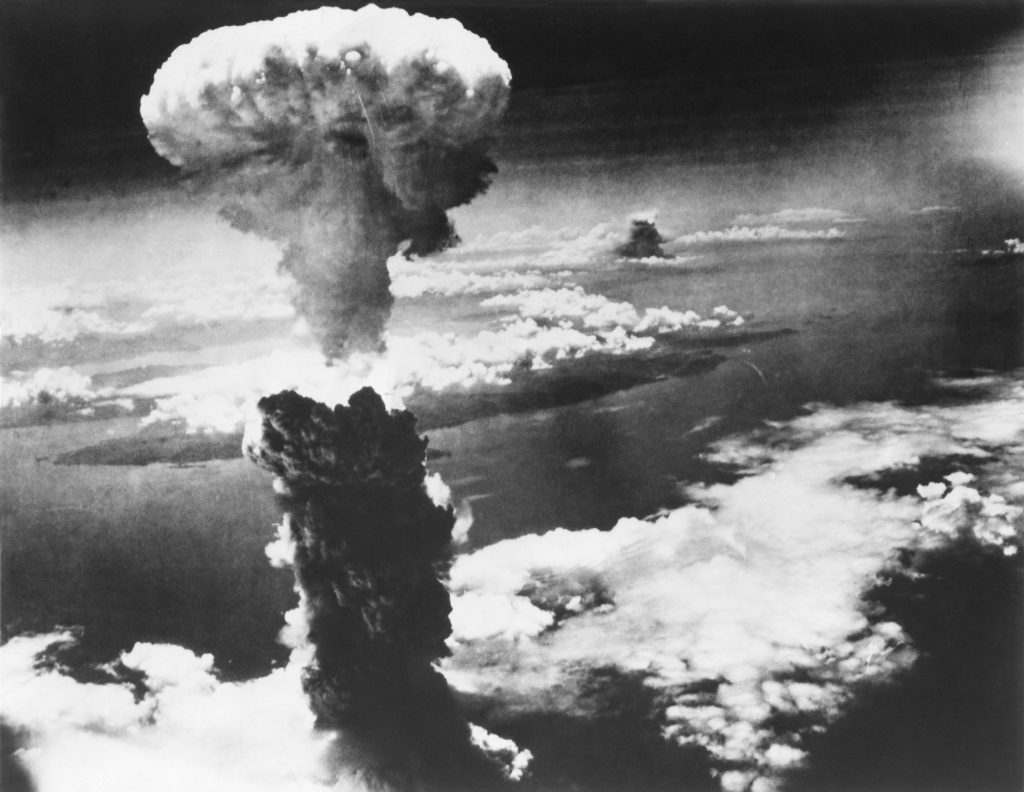RECA in the AARP | Published 7/2/2012
A 2011 AARP Bulletin created a wave of interest in the Radiation Exposure Compensation Act (RECA) which is administered by the Department of Justice.
The Department of Justice RECA website explains:
Over the past week we have received hundreds of calls about the Onsite Participant category of claims under the Radiation Exposure Compensation Act (“RECA”). Most had questions about exposure by American servicemen during the end of World War II, particularly those serving in Japan after the atomic bombing of Hiroshima and Nagasaki.
Hiroshima and Nagasaki are not covered by RECA. Additionally, the Act does not cover members of the military who occupied those cities or who may have been held in those areas as Prisoners of War. Congress determined that the atmospheric atomic detonations that occurred at Hiroshima and Nagasaki to end World War II are not part of RECA and limited the Act’s coverage to the atmospheric nuclear testing program conducted by the United States that followed the war. Also, the Act only provides compensation for an individual who has contracted a covered cancer following their exposure. Please note that neither skin cancer or prostate cancer are designated as compensable.
Hiroshima and Nagasaki Adjustment
See http://www.justice.gov/civil/common/reca.html (accessed 4/25/18). This information is more interesting than helpful. The relevant statute is the Radiation Exposed Veterans Compensation Act which was passed in 1988. The statement of President Regan that accompanied the signing of that legislation explains:
I have today approved H.R. 1811, the “Radiation-Exposed Veterans Compensation Act of 1988.” The Act adjusts the law governing eligibility for disability benefits for certain veterans due to the unique circumstances of their military service in the early days of the atomic age.
The adjustment applies in limited circumstances to three specific categories of American veterans:
- Veterans who served with U.S. forces occupying Hiroshima or Nagasaki, Japan during the period beginning on August 6, 1945, and ending on July 1, 1946;
- Veterans interned as prisoners of war in Japan during World War II (or who served on active duty in Japan immediately following such internment), if their internment resulted in an opportunity for exposure to ionizing radiation comparable to that of veterans who served in the forces occupying Hiroshima and Nagasaki; and
- Veterans who participated on-site in a test involving the atmospheric detonation of a nuclear device.
The adjustment applies only with respect to specified diseases–primarily cancer of various organs–that manifest themselves within 40 years after the veteran last participated in the military radiation-related activity or, in the case of leukemia, 30 years after such participation. Thus, for veterans who served in Hiroshima and Nagasaki or were prisoners of war in Japan, the period for manifestation of the disease already has passed.
Also summarized here (accessed 4/25/18). While RECA does not provide benefits to those veterans who were exposed to radiation in Hiroshima and Nagasaki, the Department of Veterans Affairs may provide benefits.
Please do not hesitate to contact Stephens & Stephens with questions or comments about this program at 1-800-548-4494.


















